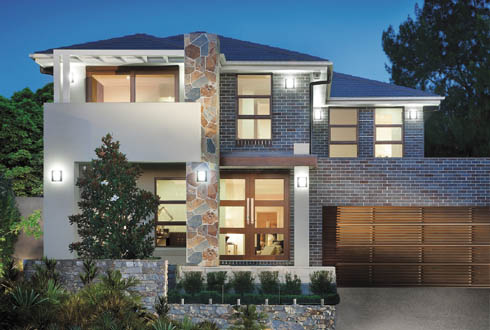
If your list of New Year’s resolutions begins with ‘become a homeowner’, then congratulations! Buying or building a new home is a big step, it’s true, but it’s also a super exciting one. To help ensure you start off on the right foot, take a moment to consider these important points.
THE ultimate cost of building your new home doesn’t just come down to the builder, design and fittings you choose. Your site can also have a significant impact on the final figure, so it’s important to be aware of the factors that could affect the overall project budget – ideally before you choose your block. Below are some of the main things to keep in mind.
Land slope
A flat building block is ideal from a budget perspective, as, generally speaking, the greater the slope of your land, the higher the building cost will be. Be aware that slope isn’t just about the gradient from the back to the front of the block. If the slope is sideways across the block, additional costs per metre may be even greater.
Connection of services
Essential connections between your new home to utilities such as water, sewer, gas and electricity need to comply with federal, state and local government legislation and may differ depending on ease of access. Whilst not strictly a site cost, don’t forget to factor in that you usually need to pay utility and telco providers registration or transfer fees for your new address.
Cut and fill
When builders cut into a hillside or slope, they remove all the material from that area and use it as fill to create a flat area for slab construction. All blocks – even the most seemingly level – will need some adjustment to achieve a completely flat building platform. Depending on the slope of your block and the level of cut and fill required, you may also need to budget for adequate drainage work
to prevent future flooding.
Soil type
Extensive tests will provide a clear profile of your block’s soil type, showing if it’s clay-based, sandy, whether it contains a significant amount of rock, or whether the site contains fill. Soil moves, expands and contracts depending on moisture content, so soil testing is essential to ascertain its suitability for supporting the safe construction of your home.
Import or export of spoil
Depending on the type of block you’ve chosen and the type of home you’re about to build, you may need to budget for the removal of spoil – the dirt and rubble that results from excavation. In some cases, additional spoil may be required to achieve the required site levels.
Concrete piers under slab
If site investigations reveal fill material exists on top of more stable clay or rock, you may require concrete piers to stabilize the slab. This could also be the case if the site has been levelled using a cut and fill method.
Dropped edge beams
This is the edge of a concrete slab that holds fill under the slab by acting like a retaining wall. Typically, dropped edge beams are used on blocks that have required the builder to cut and fill to flatten the slope of the land.
Ascertaining exactly which site costs are applicable to your block is an important part of being able to stick to your building budget. Eden Brae’s highly-experienced staff can readily advise you on what site costs your block may require, so don’t hesitate to give us a call on 1300 645 860 for assistance.
